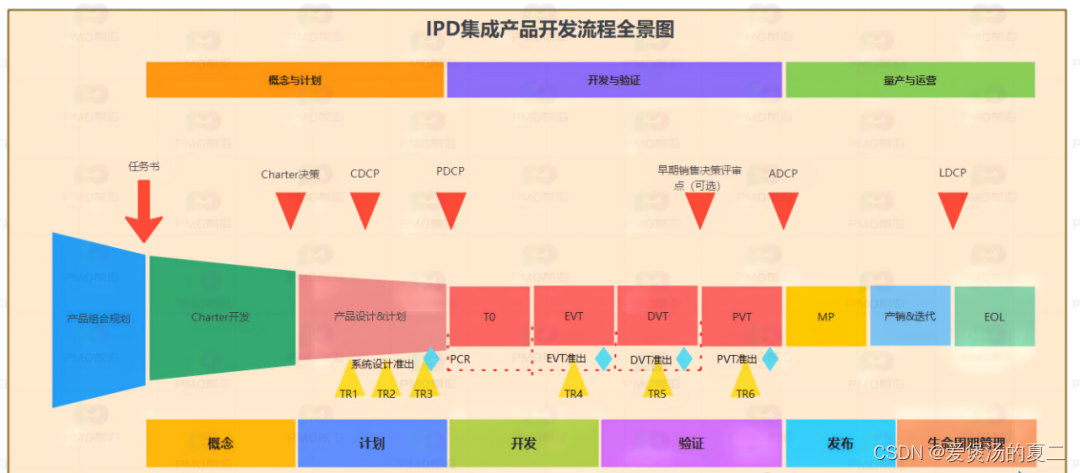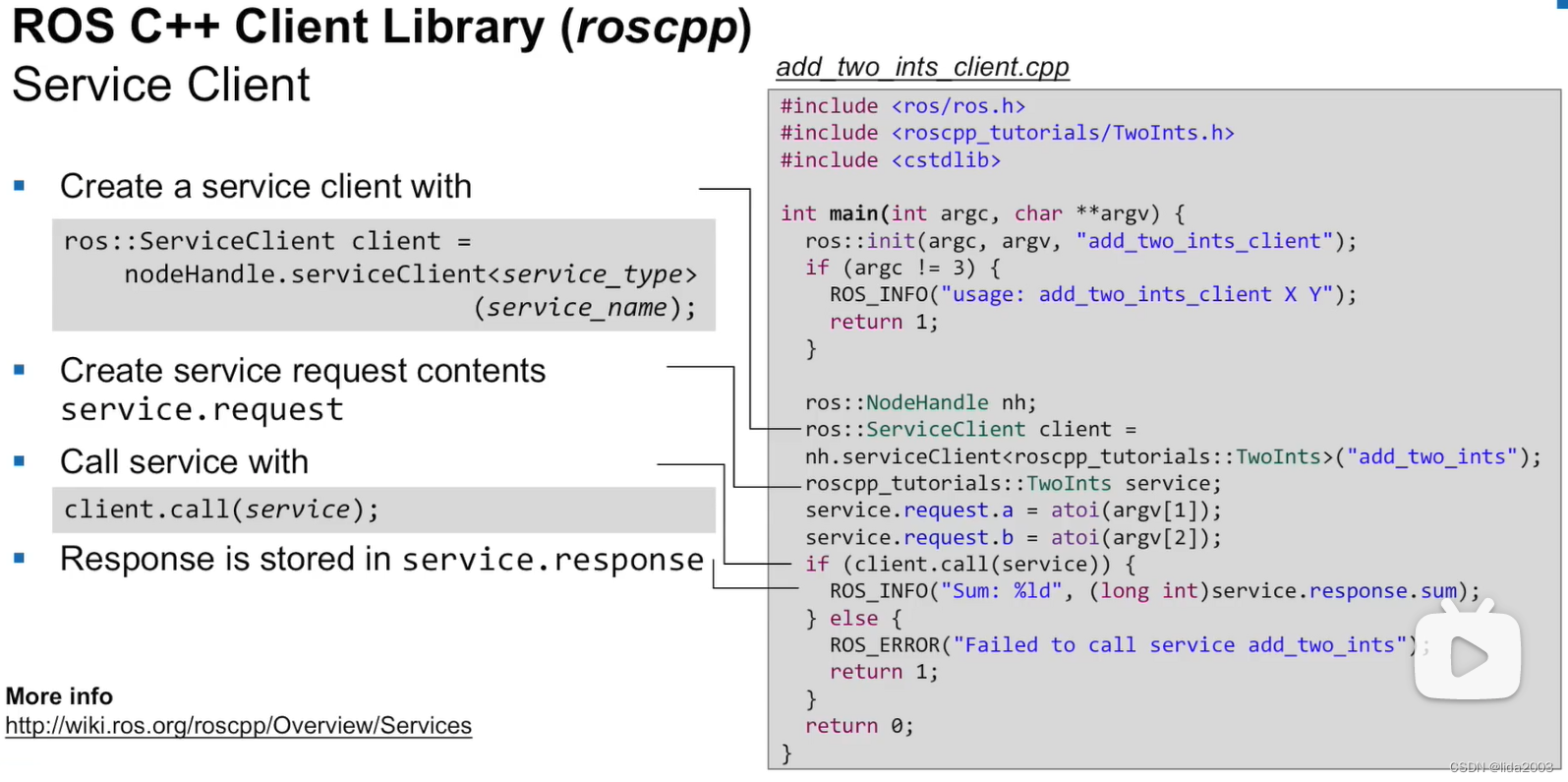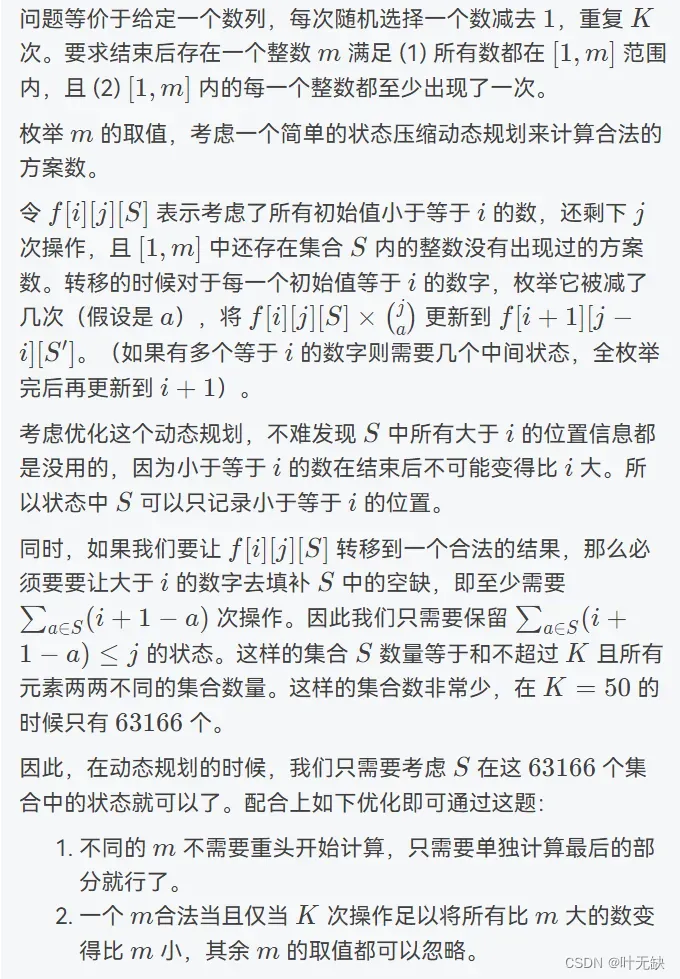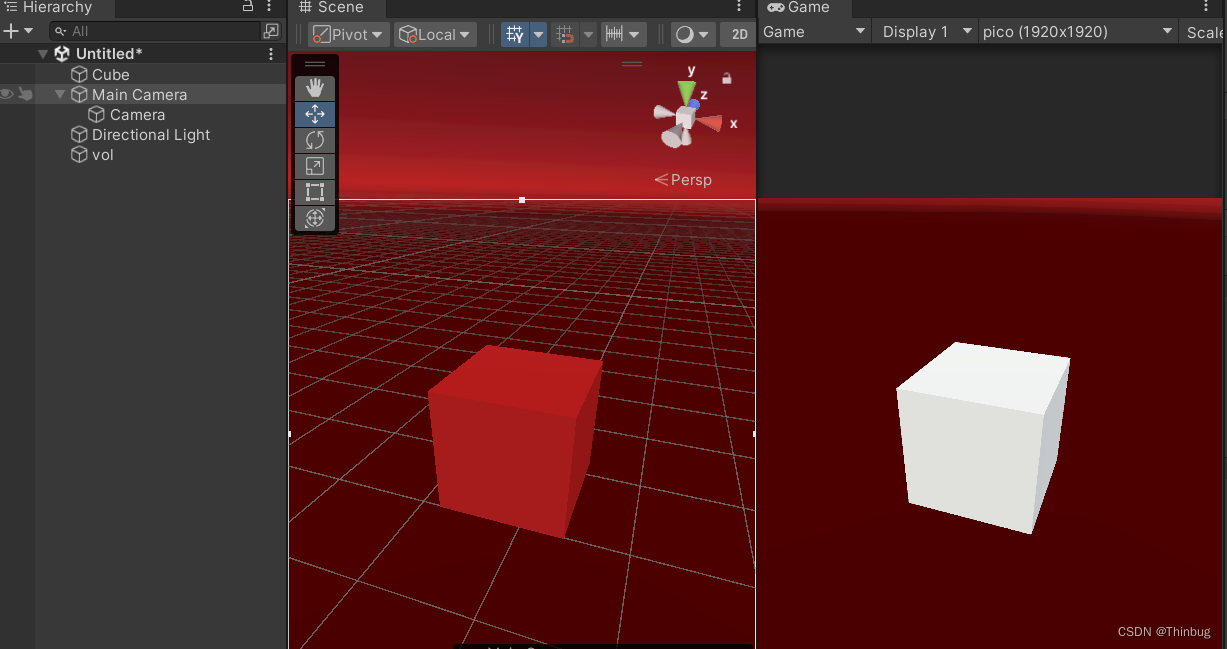以一个Plot绘制五行六列共30个图,然后每30个图单元包含两个图为例:
如下图所示:

代码如下:
for (i in 1:(5*6)) {
create_subplots <- function() {
library(ggplot2)
library(dplyr)
library(tidyr)
# 创建一个随机的数据框
simulated_data <- data.frame(
V1 = rnorm(100, mean = 0, sd = sqrt(0.5)), # 生成均值为 mean,标准差为 sd 的正态分布随机值
V2 = rgamma(100, shape = 2, scale = 1), # 生成伽马分布随机值,shape 为形状参数,scale 为尺度参数
V3 = runif(100, min = 0, max = 1), # 生成均值为 mean,标准差为 sd 的正态分布随机值
V4 = rpois(100, lambda = 5), # 生成泊松分布随机值,lambda 为泊松分布的参数
V5 = rexp(100, rate = 0.5), # 生成指数分布随机值,rate 为指数分布的参数
V6 = rbinom(100, size = 10, prob = 0.1) # 生成二项分布随机值,size 为试验次数,prob 为成功的概率
)
simulated_data <- simulated_data %>%
rename(
Case1 = V1,
Case2 = V2,
Case3 = V3,
Case4 = V4,
Case5 = V5,
Case6 = V6
)
simulated_data_long <- gather(simulated_data, key = "variable", value = "value")
# 创建一个含有多个琴图的图表,每个琴图对应数据的一个列
p1 <- ggplot(simulated_data_long, aes(x = variable, y = value)) +
geom_violin(alpha = 0.5, size = 0.1) +# 调整透明度和线条宽度
geom_boxplot(fill = "gray", alpha = 0.04, width = 0.02) +# 调整透明度和线条宽度
geom_jitter(aes(color = variable), width = 0.02, alpha = 0.7, size = 0.03) +# 调整透明度和点的大小
labs(
x = " ",
y = "",
title = " "
) +
scale_color_discrete(name = " ") +
theme_minimal() +
facet_wrap(~ variable, scales = "free")+
theme(
strip.text = element_blank(),
legend.text = element_text(size = 0.12), # 调整图例文本大小
legend.title = element_text(size = 0.15), # 调整图例标题大小
legend.key.size = unit(1.5, "lines"), # 调整图例间距大小
axis.title.y = element_text(size = 0.18) # 调整Y轴标签的字体大小
) +
theme(legend.position = "none",
axis.title.x = element_blank(),
axis.title.y = element_blank(),
axis.text.x = element_blank(),
axis.text.y = element_blank(),
axis.ticks.x = element_blank(),
axis.ticks.y = element_blank() )
library(ggstatsplot)
# 绘制分组箱线图
p2 <- ggplot(iris, aes(x = Species, y = Sepal.Length)) +
geom_boxplot() +
theme(legend.position = "none",
axis.title.x = element_blank(),
axis.title.y = element_blank(),
axis.text.x = element_blank(),
axis.text.y = element_blank(),
axis.ticks.x = element_blank(),
axis.ticks.y = element_blank() )
subplot <- p1 / p2
return(subplot)
}
main_plot_list[[i]] <- create_subplots()
}
main_plot <- wrap_plots(main_plot_list, ncol = 6)
print(main_plot)



















